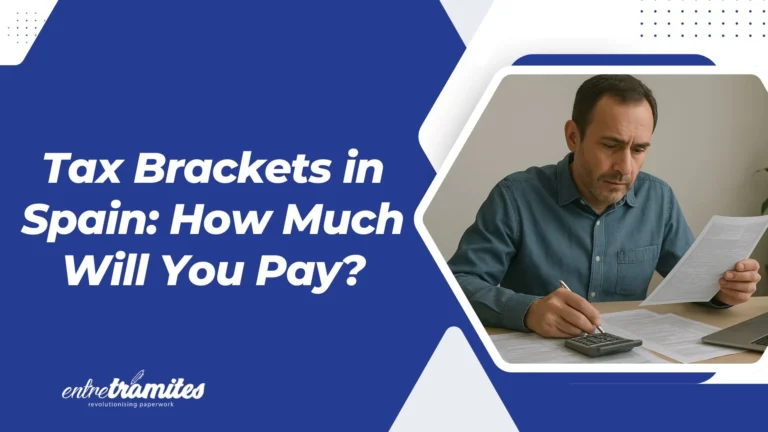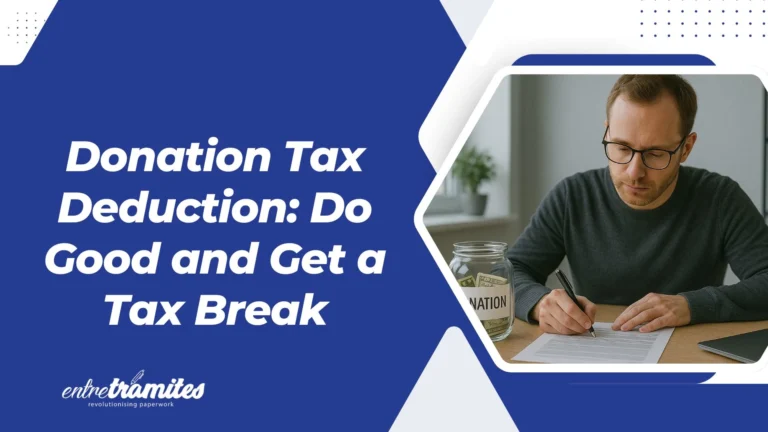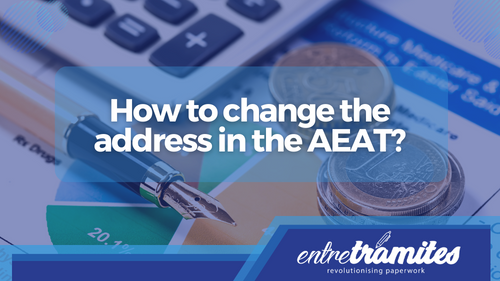Understanding the personal income tax brackets is key to knowing how much you will pay on your tax return. In Spain, Personal Income Tax (IRPF) is divided into two brackets: one for the state and one for the autonomous community. While the state tax bracket is common throughout the country (except for Navarre and the Basque Country), the regional tax bracket varies depending on the autonomous community, which can have a direct impact on your tax burden. In this updated article we explain how the IRPF brackets work in 2025, what differences exist between regions and how your place of residence can influence the final result of your tax return.
How are the IRPF brackets structured?
IRPF in Spain is a progressive tax, which means that the higher your taxable income, the higher the tax rate applied. It is divided into:
State bracket: set by the central government.
Autonomous Community bracket: set by each autonomous community.
Both are added together to determine the effective rate you will pay.
State Tax Brackets in Spain for 2025
For the 2025 fiscal year, the national government has set the following tax brackets in Spain (Ley del IRPF), applicable throughout the country (except for the Basque Country and Navarra, which have separate systems):
- €0 to €12,450: 9.5%
- €12,450 to €20,200: 12%
- €20,200 to €35,200: 15%
- €35,200 to €60,000: 18.5%
- €60,000 to €300,000: 22.5%
- Over €300,000: 24.5%
These brackets apply uniformly across Spain, regardless of your region — unless you reside in one of the foral communities with independent tax regimes.
Regional Tax Brackets in Spain by Autonomous Community
Each autonomous community has the authority to set its own marginal tax rates. That means your total IRPF liability depends not only on your income, but also on where you live.
Examples of communities with higher regional tax rates:
- Catalonia: Tends to apply higher rates for upper-middle and high-income brackets.
- Valencia: Known for having one of the most progressive scales.
- Madrid: Maintains relatively lower regional tax rates to attract residents.
Tax Deductions by Region
In addition to the tax brackets in Spain, each region can offer its own deductions for:
- Rent on your primary residence
- Birth or adoption of children
- Disability
- Investments in renewable energy
These deductions can significantly reduce your tax bill, so it’s wise to check what your community offers before filing your tax return.
How Do You Know Which Tax Brackets Apply to You?
It all depends on your tax residency. If you live more than 183 days in a particular region during the fiscal year, you’ll be taxed according to that region’s rules and tax brackets.
Example: A person earning €130,000 and residing in Valencia may pay more income tax than someone with the same income living in Madrid.
Where to Find Official Tax Information
You can find the latest tables for tax brackets in Spain on the official website of the Agencia Tributaria (Spanish Tax Agency) or the websites of your local regional tax authority.
Prefer personal support? At Entre Trámites, our tax advisors can guide you through your specific case and help you file your Spanish tax return accurately and efficiently.
Frequently Asked Questions (FAQs)
How many tax brackets are there in Spain?
There are six state tax brackets. Each autonomous region sets its own, which can range from 5 to 10 levels.
Can I choose which regional tax bracket applies to me?
No. Your regional tax bracket is based on your habitual residence during the fiscal year.
How do tax brackets affect my final tax return?
The higher your income, the more tax you pay in the upper brackets. This influences whether you owe tax or get a refund at the end of the year.
Understanding the tax brackets in Spain helps you avoid unexpected bills and better plan your finances. Knowing your region’s rates and applicable deductions ensures that you pay only what’s fair — no more, no less.Need help calculating your tax or filing your return? You can also contact us directly through this contact Form for us to call you, or if you prefer, you can schedule a free consultation or write to us on WhatsApp.





